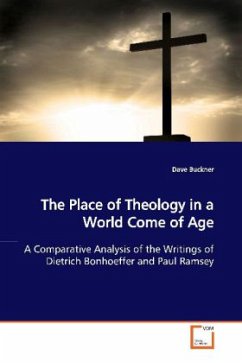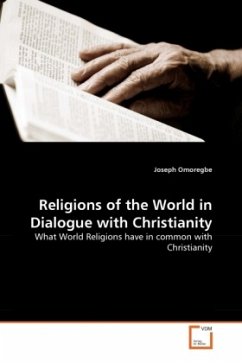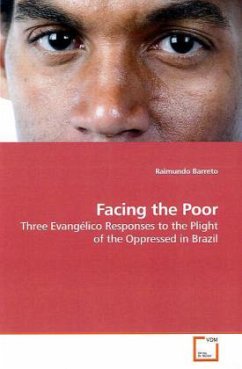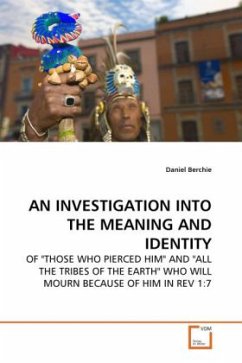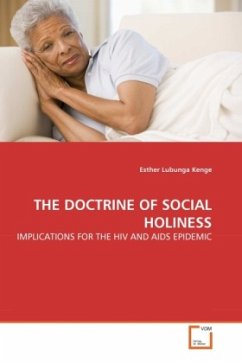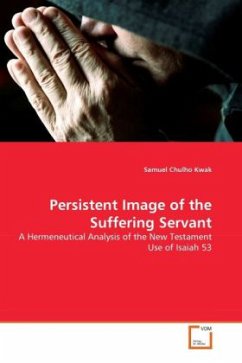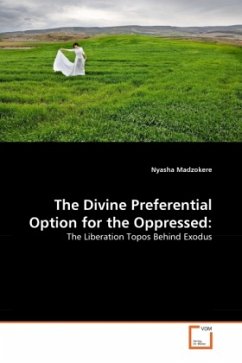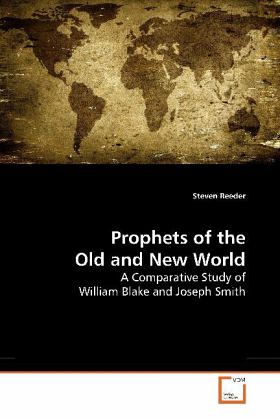
Prophets of the Old and New World
A Comparative Study of William Blake and Joseph Smith
Versandkostenfrei!
Versandfertig in 6-10 Tagen
32,99 €
inkl. MwSt.

PAYBACK Punkte
16 °P sammeln!
The works of William Blake (1757-1827) are like piecing together a complex puzzle. His earlier poetry is highly accessible and well understood, yet his later prophesies are full of complex symbols and a personal mythology utilized to teach the world the error of its ways. However, such error and knowledge are rarely deciphered. It is important to approach Blake with both a historical understanding of his times and a Biblical knowledge that he was well versed in to fully appreciate his images and ideas. Blake saw himself as a poetic prophet, guiding the reader from errors of reason to the truth...
The works of William Blake (1757-1827) are like piecing together a complex puzzle. His earlier poetry is highly accessible and well understood, yet his later prophesies are full of complex symbols and a personal mythology utilized to teach the world the error of its ways. However, such error and knowledge are rarely deciphered. It is important to approach Blake with both a historical understanding of his times and a Biblical knowledge that he was well versed in to fully appreciate his images and ideas. Blake saw himself as a poetic prophet, guiding the reader from errors of reason to the truths of eternal imagination. The times he lived in forced him to write in cryptic symbols to hide his rebellious ideas from King and Church. Thus, Joseph Smith (1805-1844), another contemporary prophet, whose simple words of self-evident truths, is necessary to help interpret the deeper religious meanings hidden in Blake s mythology. With Joseph Smith s writing as a key, Blake s mythological cycle of our fall and redemption will not only enlighten the reader, but offer the keys of liberation from mind-forged manacles when the imagination is used to overcome the restricting web of reason.



